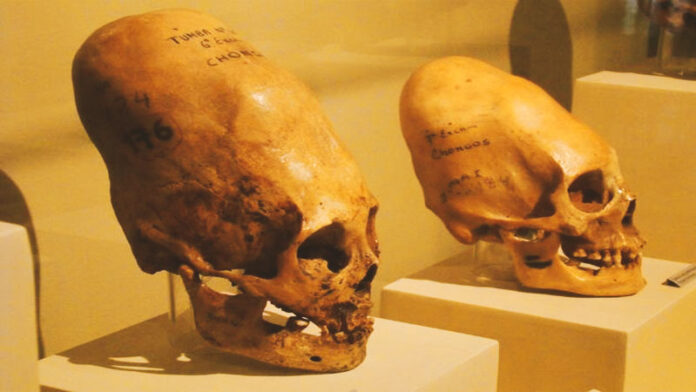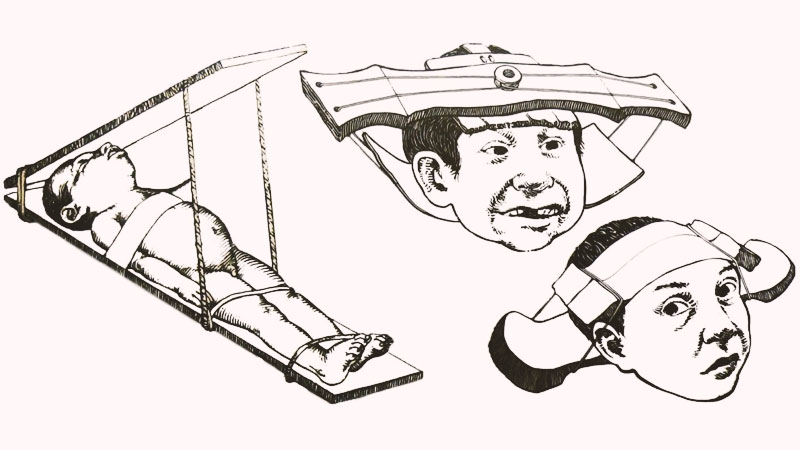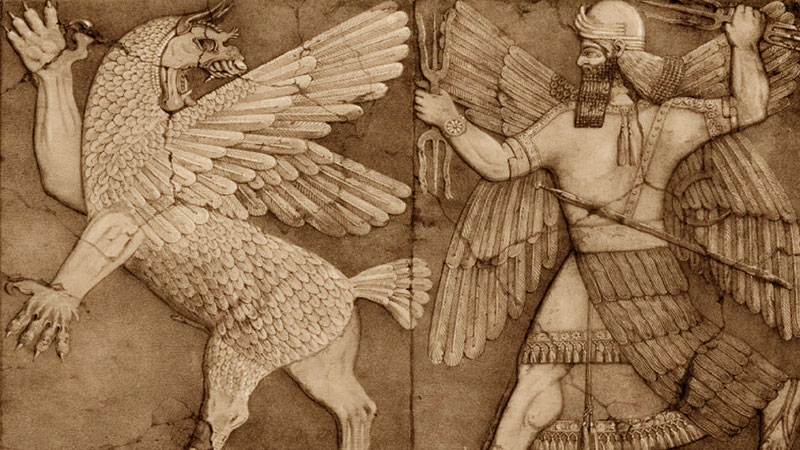
Paracas is a desert peninsula located in the province of Pisco, in the region of Ica, on the southern coast of Peru. In 1928, Peruvian archaeologist Julio C. Tello made one of the most mysterious discoveries in archeology. After excavations, Tello discovered a complex and sophisticated cemetery in the Paracas desert.
In the enigmatic tombs, Tello discovered a series of controversial human remains that would change the way we look at our ancestors and our origins.
The bodies in the tombs had some of the largest elongated skulls ever discovered on the planet, and they were called the Skulls of the Paɾacas.
The Peruvian archaeologist has discovered more than 300 of these mysterious skulls believed to be at least 3,000 years old.
As if the shape of the skulls wasn’t mysterious enough, recent DNA analyzes have yielded incredible results that challenge everything we know about human evolution.
The Mystery Behind the Skulls of Paracas

It is known that different cultures around the world carried out the practice of deforming and stretching skulls, but nothing compares with the techniques used in Paracas which were very different.
Using ancient tools, some South American tribes applied constant pressure to babies’ heads for long periods to change the shape of the skulls, resulting in elongation. Similar techniques were also found in African cultures.
However, while this type of cranial deformation changed the shape of the skull, it did not change the size, weight, volume, or any other characteristic of ordinary human skulls.
This is exactly the feature where the Skulls of Paracas are most interesting. They are, on average, 25% larger in volume and up to 60% heavier than the skulls of ordinary humans.
Researchers firmly believe that these characteristics could not have been achieved with the techniques used by ancient tribes. And skulls not only differ in size and weight, but are also structurally different, having only one parietal plate, whereas normal humans have two.
These strange features have been considered a mystery for decades, as researchers still have no idea who these individuals with such large skulls were.
The Results of DNA Tests on the Skulls of Paracas

The director of the Paracas History Museum sent five samples of the skulls for genetic testing, and the results were fascinating. The samples consisted of hair, teeth, skin and some skull bone fragments, which provided countless details and fueled the mystery that underpins these anomalous skulls. The genetic laboratories where the samples were sent were not informed about the origin of the material to avoid ‘influencing the results’.
The results showed that the mitochondrial DNA, inherited from the mother, had mutations unknown and never found in any human, primate, or other terrestrial animal.
The mutations present in the samples from the Paracas skulls suggest that the researchers are dealing with an entirely new species, different from Homo Sapiens, Neanderthals or Denisovans. Similar results were found in DNA tests performed on the ‘Star Child’ skulls discovered in 1930 in a mine near Chihuahua, Mexico.
The skulls of the Paracas are so biologically different that it would be impossible for humans to relate to them. “I’m not sure they fit into the known evolutionary family tree,” said one of the geneticists.
Many things are still beyond the understanding of researchers, historians and scientists, and it is possible that, after all, the question of whether we are alone in the universe can be answered thanks to the Paracas skulls.




















